X Email Mobile
| Red | ¥0.0 | 211730 sheets available |
|
| Yellow | ¥0.0 | 211730 sheets available |
|
| Green | ¥0.0 | 211730 sheets available |
|
| Blue | ¥0.0 | 211730 sheets available |
|
| white | ¥0.0 | 211730 sheets available |
|
A new item has been added to your Shopping Cart. You now have items in your Shopping Cart.
"·Cloth with carbon paper
Specification: 1 package contains 5 sheets, each sheet measures 28×23 cm.
One-sided, with five colors: red, yellow, blue, green, and white, suitable for different colored materials.
When using, the placement sequence is: First, place the fabric on the glass tabletop (it must be hard and flat), then place the copy paper with the ink side facing the fabric. On top of the copy paper, place the drawing. Smooth it out, and you can trace the design with a iron pen or a pressing wheel. During the tracing process, the fabric, copy paper, and drawing must not be moved, or the pattern pressed out will be misaligned.
Usage: Suitable for transfer printing patterns on fabrics, paper, wood, leather, ceramics, metals, etc. After the work is completed, the pattern will disappear when exposed to water. Suitable for quilt, embroidery, painting, and other patterns for transfer printing during production!
This fabric is made with carbon paper, which is large in size, economical and durable, and can be used repeatedly. In addition, its water-soluble property is especially favored by the Japanese handmade industry.Exclamation mark!
How to use carbon paper:
1: Preparation: one copy paper, one backing fabric pattern or a favorite pattern printed on an A4 paper, one iron pen, one pencil or ballpoint pen, one sulfuric acid paper, one embroidery fabric.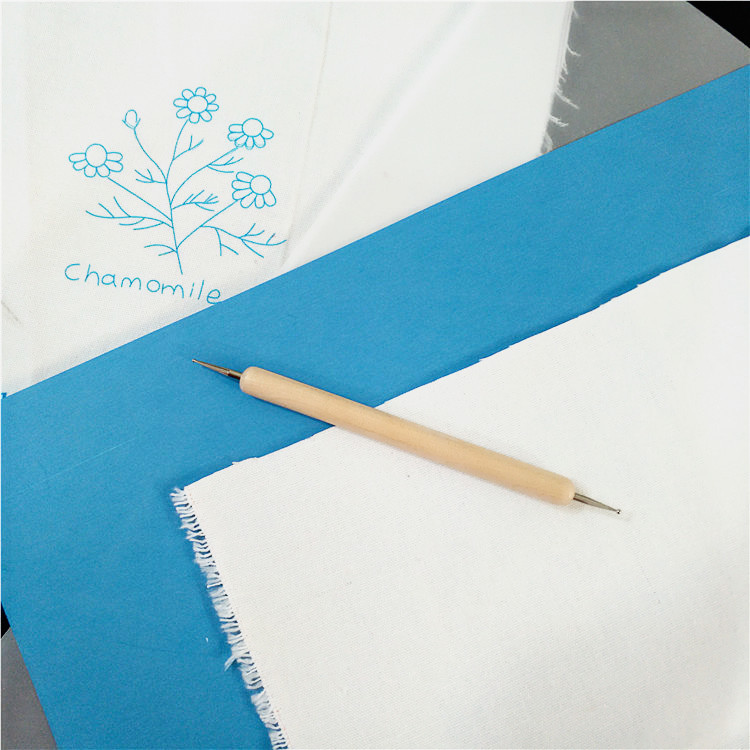
Step 2: Place the pattern with the outline on the table, and place the tracing paper on the pattern. Use a pencil or ballpoint pen to copy the outline onto the tracing paper.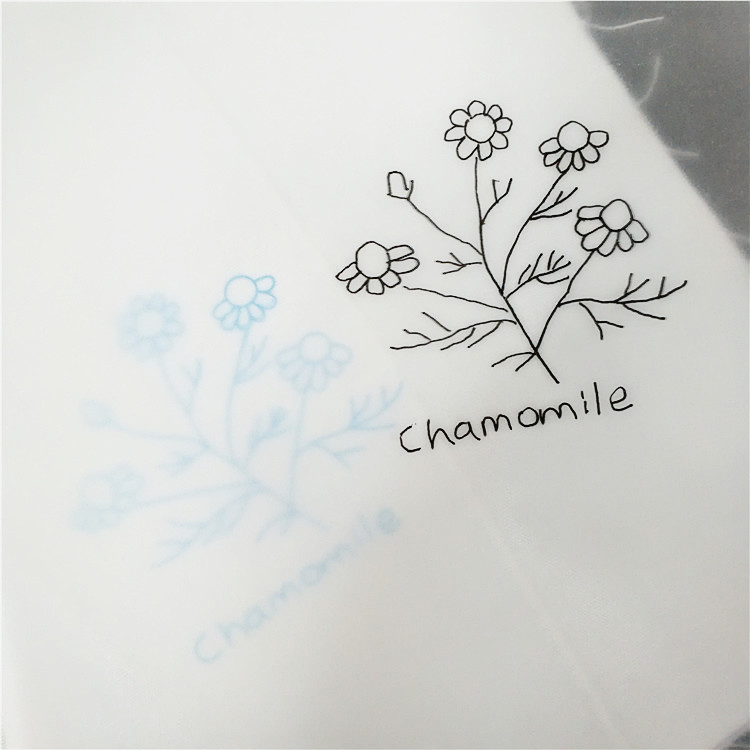
Step 3: Choose a suitable color of duplicating paper. If you are using a light color, choose a darker color, and vice versa.
Step 4: Place the embroidery fabric on the bottom, take out a colored duplicating paper, with the colored side facing down, and place it on the embroidery fabric. Then, place the sulfuric acid paper with the pattern drawn on it on top of the duplicating paper. Use a iron pen to trace the outline again. This way, you can transfer the pattern you like onto the embroidery fabric. If the transfer effect is not very obvious, you can trace the outline again with a water-soluble pen on the fabric.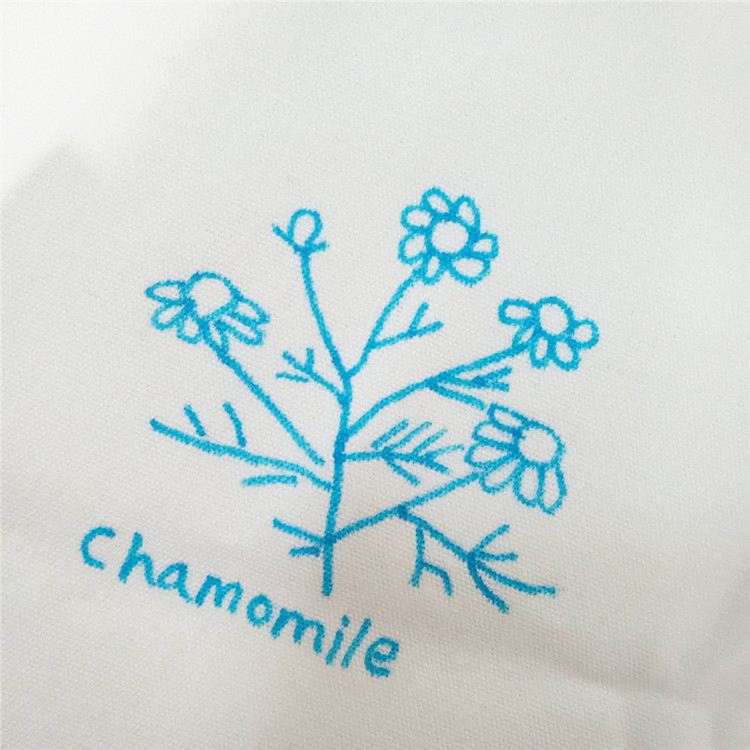
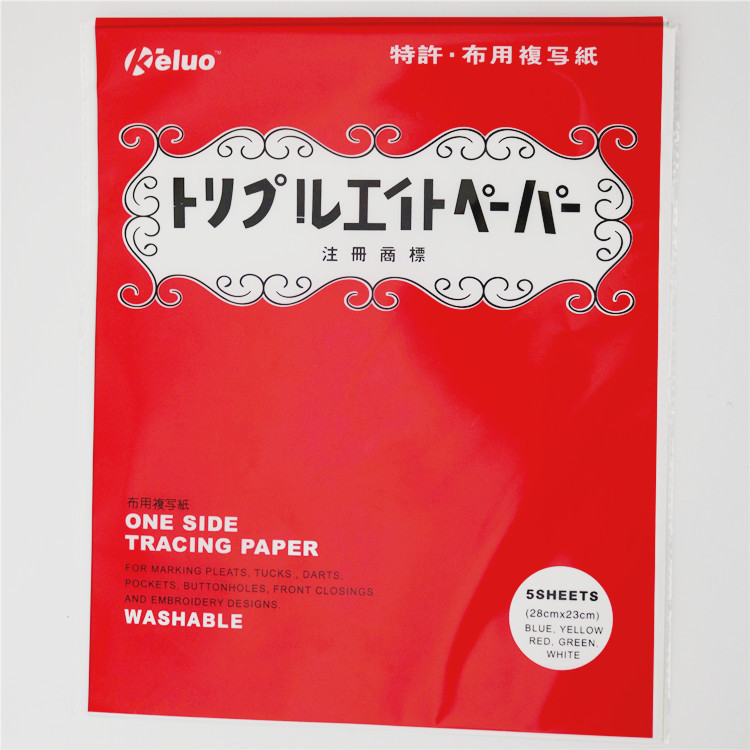

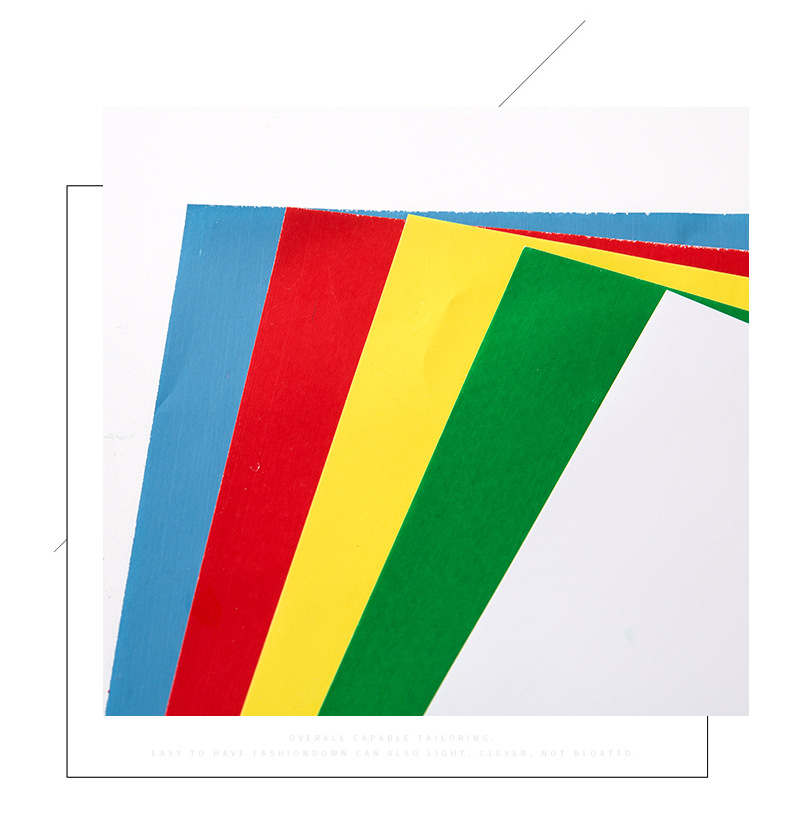
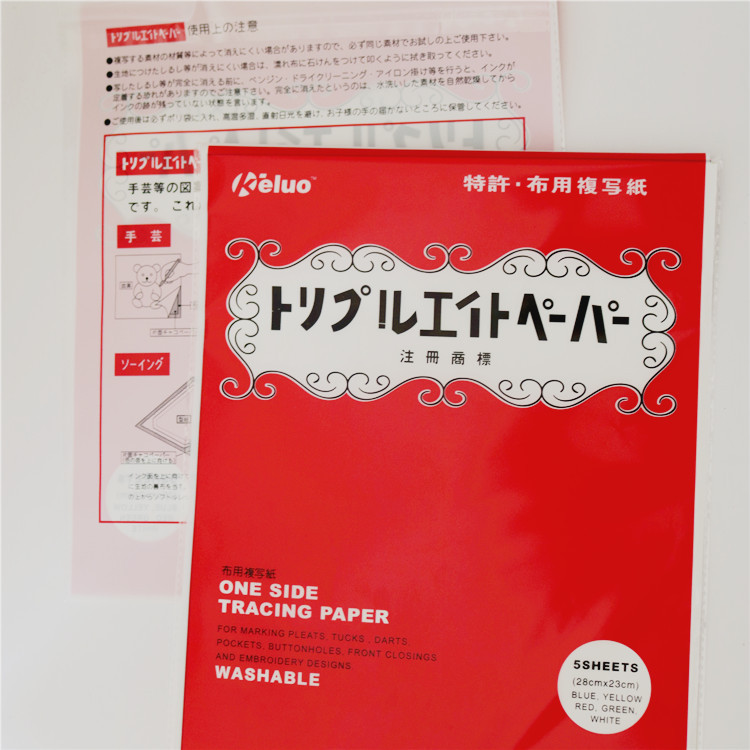
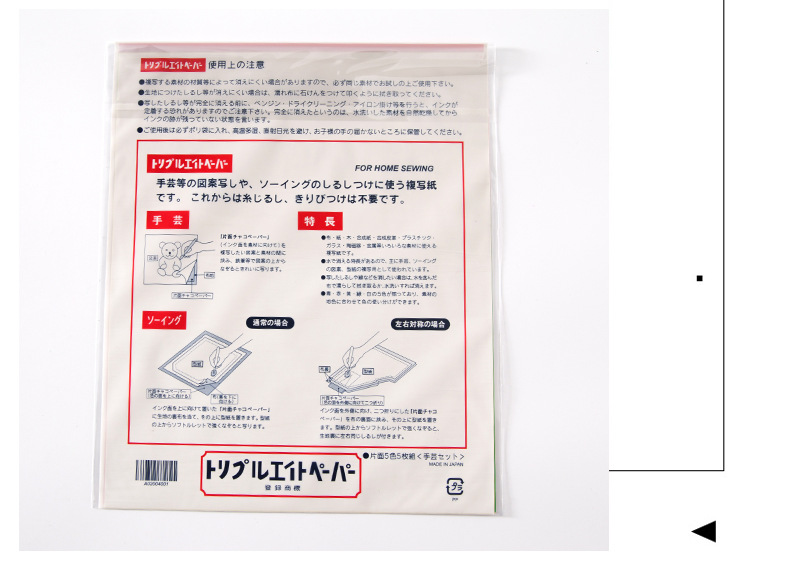
*********************************************************************
*********************************************************************************************************************************************
Update time:
TOP